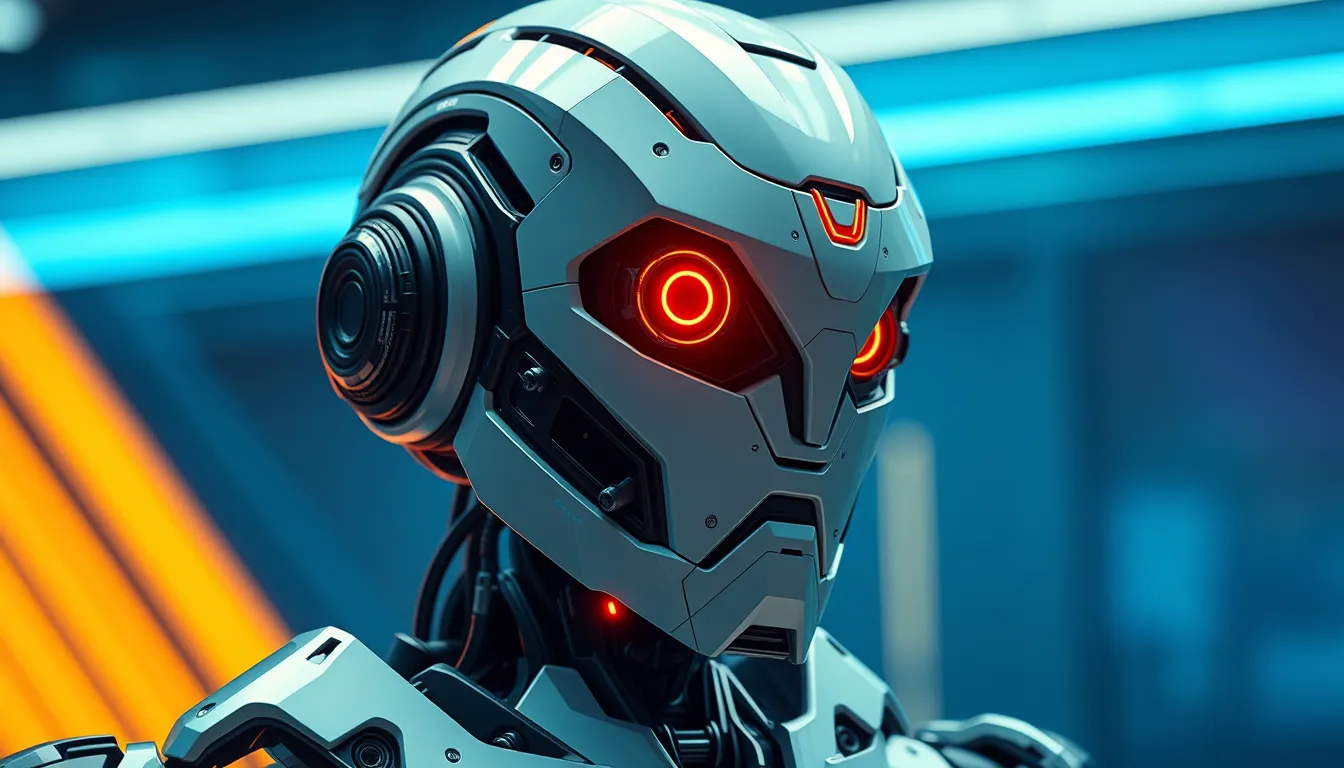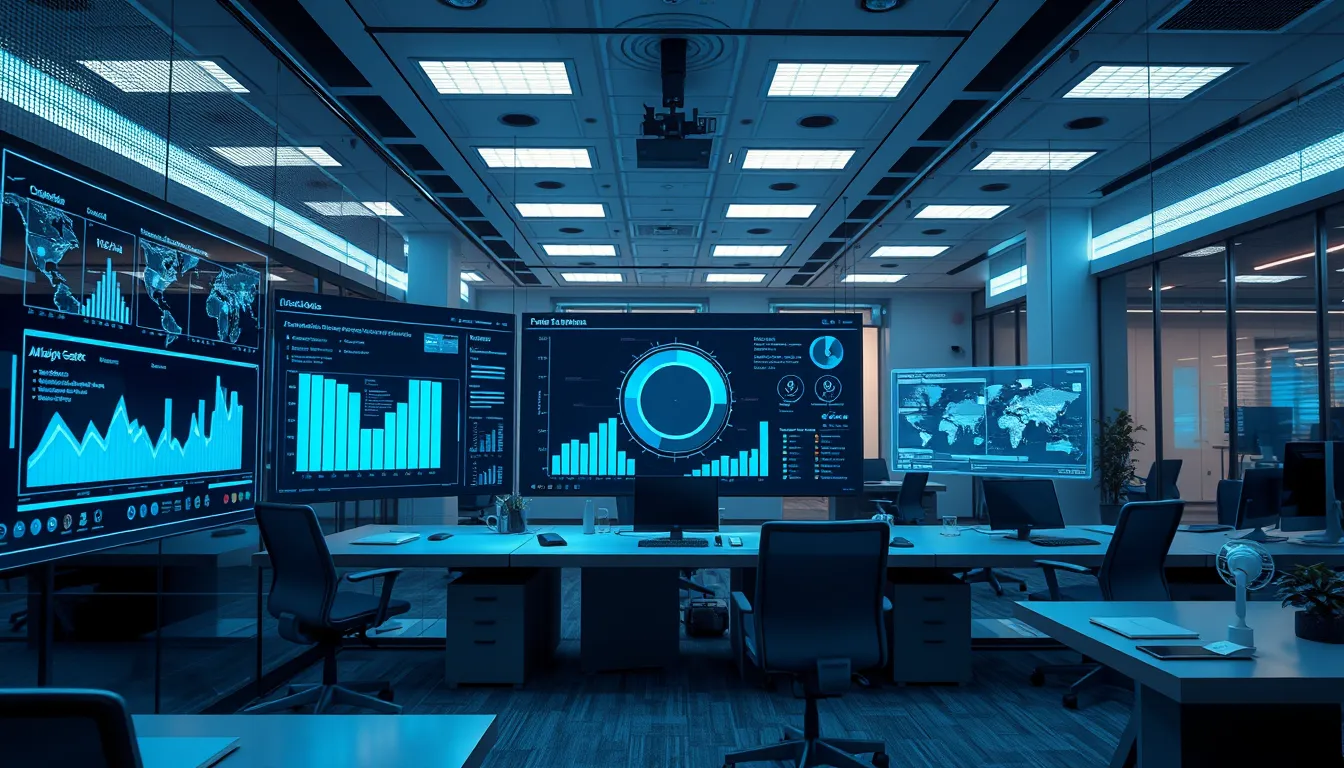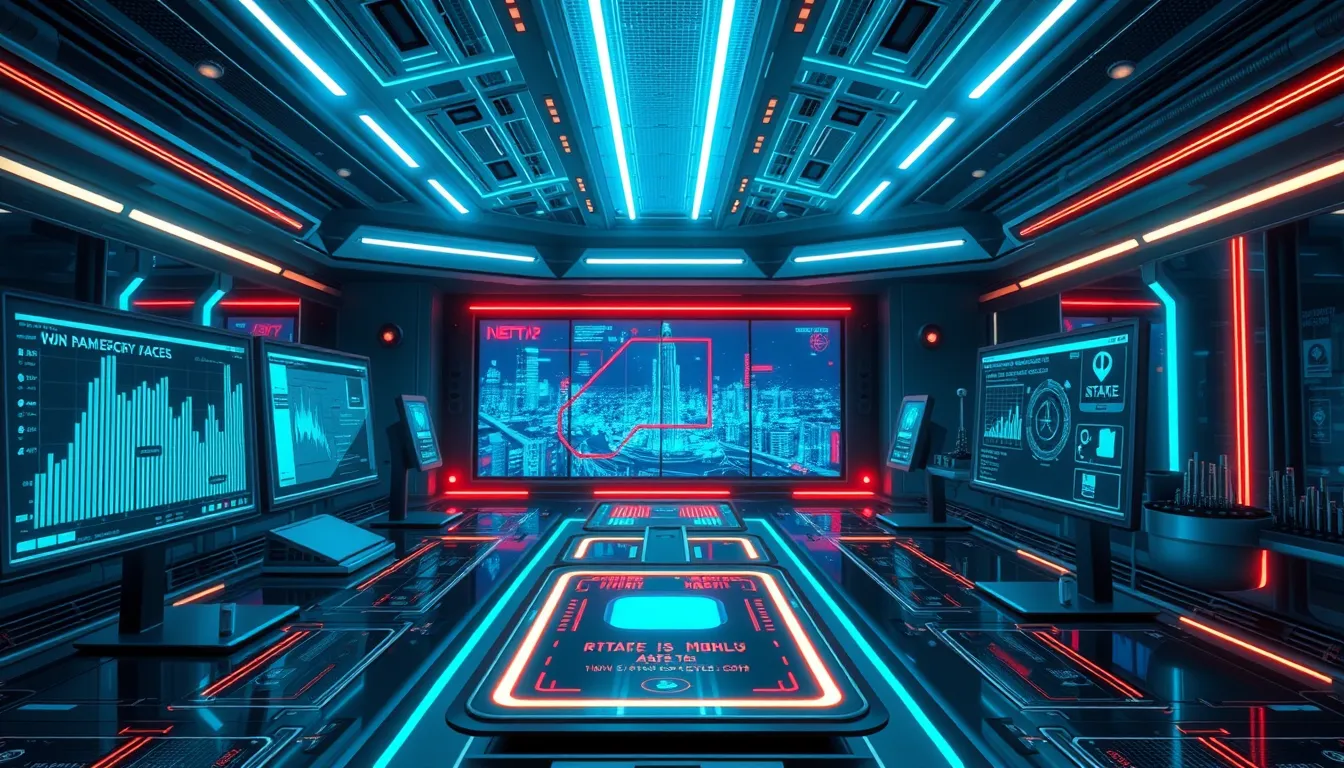Now Reading: Innovative R1 Humanoid Robot: Leading Industrial Automation
-
01
Innovative R1 Humanoid Robot: Leading Industrial Automation
Innovative R1 Humanoid Robot: Leading Industrial Automation

Innovative R1 Humanoid Robot: Leading Industrial Automation
The world of advanced robotics technology is evolving at a breathtaking pace. In this era of rapid industrial transformation, the R1 humanoid robot has emerged as a game changer. Designed with cutting-edge features and built for diverse applications, the R1 humanoid robot is setting new standards in automation and industrial robotics. This article explores the breakthrough innovations embedded in R1, contrasts it with competitors like Tesla Optimus, and delves into the broader implications for industrial automation.
Overview of the R1 Humanoid Robot
In a move poised to shape the future of manufacturing and automation, a prominent Chinese tech titan recently introduced its newest marvel—the R1 humanoid robot. Engineered with precision, this robot not only challenges preexisting ideas of industrial robotics but also heralds a new wave of intelligent automation. The R1 humanoid robot integrates real-time learning AI and sophisticated sensor technology, making it adaptable to a myriad of operational environments.
Key Features and Capabilities
The R1 humanoid robot is more than just a machine; it is a comprehensive platform for next-generation automation in industrial robotics. Some standout features include:
- Advanced Neural Network Integration: Equipped with an integrated neural network, the R1 can adapt rapidly to new environments and tasks, demonstrating its real-time learning capabilities.
- Robotic Sensor Technology: The robot is fitted with state-of-the-art sensors, enabling it to navigate complex environments with precision and safety.
- Customizable Operations: Its versatile design makes it a customizable humanoid robot for manufacturing, capable of being tailored to specific industry needs.
- Automation Safety Features: The inclusion of rigorous safety protocols reassures potential users that the machine can operate safely alongside human workers.
Comparing R1 with Tesla Optimus and Other Competitors
While Tesla Optimus continues to generate excitement in the world of robotics, the R1 humanoid robot offers its own set of unrivaled advantages. Here are a few points of comparison:
-
Design and Functionality:
- The R1 integrates advanced robotic sensor technology designed for environments that demand precision, making it particularly effective for manufacturing and other industrial applications.
- Tesla Optimus, though impressive, primarily focuses on broader applications with less emphasis on custom industrial tasks.
-
Real-Time Learning AI:
- R1’s neural network system gives it a robust set of adaptive features that ensure it can handle dynamic and complex real-world challenges independently.
- Innovations like real-time AI learning allow the robot to continually improve and optimize its performance in the field.
-
Market Adaptability:
- With its customizable design and targeted applications in advanced robotics technology, the R1 humanoid robot is especially suited for industries requiring bespoke automation solutions.
- Next-generation automation in industrial robotics is a priority area, and the R1’s capabilities in this arena set it apart from its competitors.
Industrial Robotics and the Future of Automation
As industrial robotics continues to evolve, the emergence of sophisticated machines like the R1 humanoid robot is accelerating the transformation of traditional manufacturing and service sectors. The integration of advanced robotics technology into daily operations signifies a shift toward more efficient and precise production processes. Furthermore, the adoption of next-generation automation in industrial robotics ensures that companies remain competitive in a fast-paced global market.
Implications for Industries and Workforce
The deployment of the R1 humanoid robot is expected to have far-reaching consequences for various sectors. Key benefits include:
- Increased Efficiency: Automated systems like the R1 improve productivity on assembly lines, reduce downtime, and lower overall operational costs.
- Enhanced Safety: With robust automation safety features, the robot minimizes workplace risks while working alongside human employees.
- Technological Synergy: Incorporating real-time learning AI and advanced sensor technology fosters a new era of synergy between human intelligence and robotic precision, setting the stage for smarter manufacturing.
Industry experts predict that as more companies adopt such technologies, industrial sectors—from healthcare and logistics to customer service—will undergo significant operational improvements.
Innovating for a Smarter Future
The launch of the R1 humanoid robot comes at a time when the boundaries between human capabilities and robotic functions are increasingly blurred. This innovation is not merely a technological upgrade but a revolution in how we perceive and integrate automation into everyday industrial practices. With references and comparisons to landmark projects like Tesla Optimus, the R1 humanoid robot demonstrates that breakthroughs in industrial robotics are well within our grasp.
In conclusion, the R1 humanoid robot represents the pinnacle of next-generation automation in industrial robotics. Its advanced AI, customizable design, and enhanced sensor technology mark a significant leap forward in the field. As industries continue to embrace smarter, safer, and more efficient robotic systems, the global robotics landscape is set to undergo transformative changes. For industries and enthusiasts alike, the future is undeniably exciting, as intelligent machines like the R1 pave the way for unprecedented innovation and growth.
For further information on Tesla and its advances in robotics, visit the official Tesla website at https://www.tesla.com.
By embracing these revolutionary innovations, manufacturers and tech visionaries are not just investing in machinery—they are investing in the future of work, a future where technology and human ingenuity coalesce to create safer, smarter, and more productive environments.

























